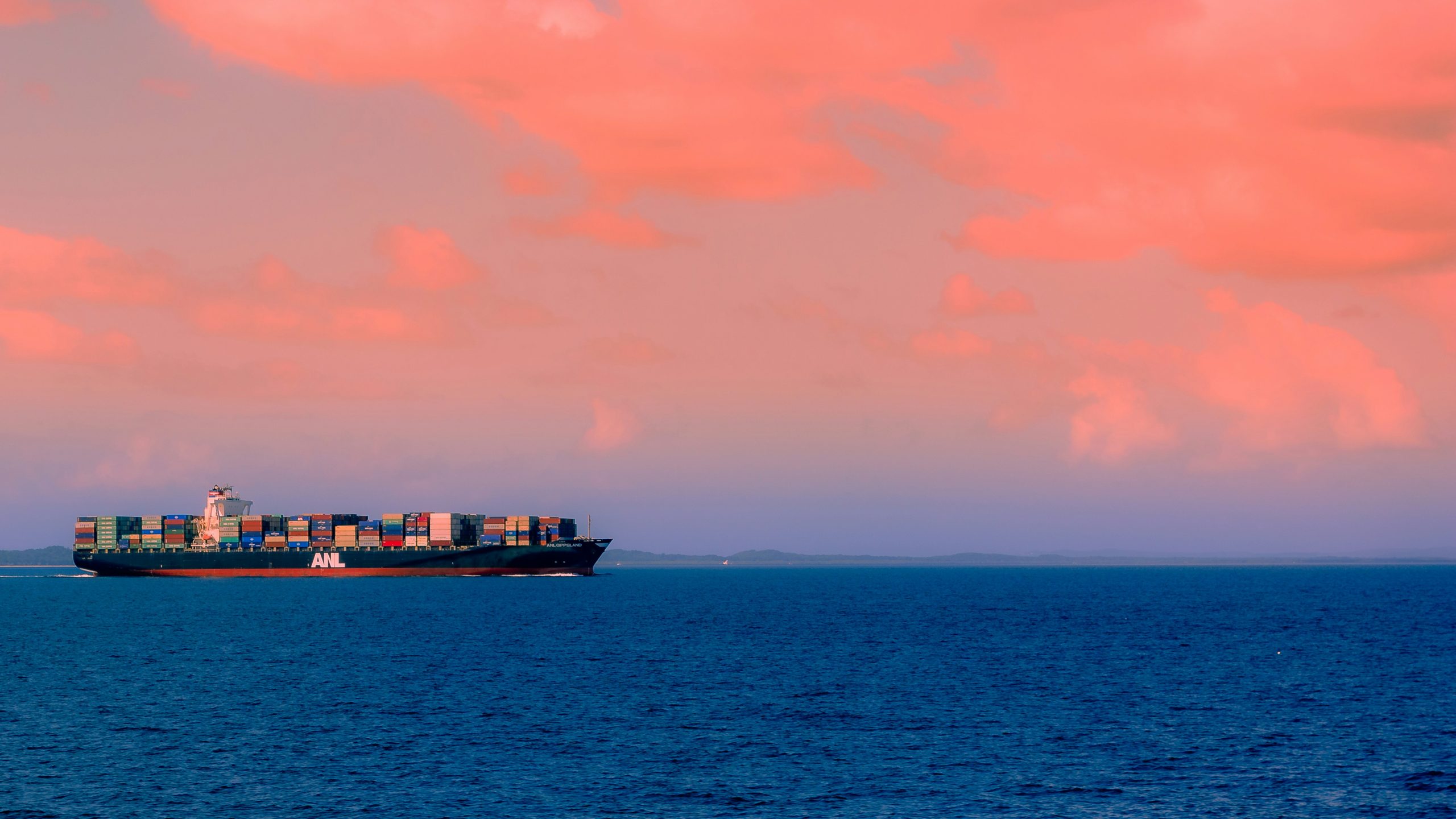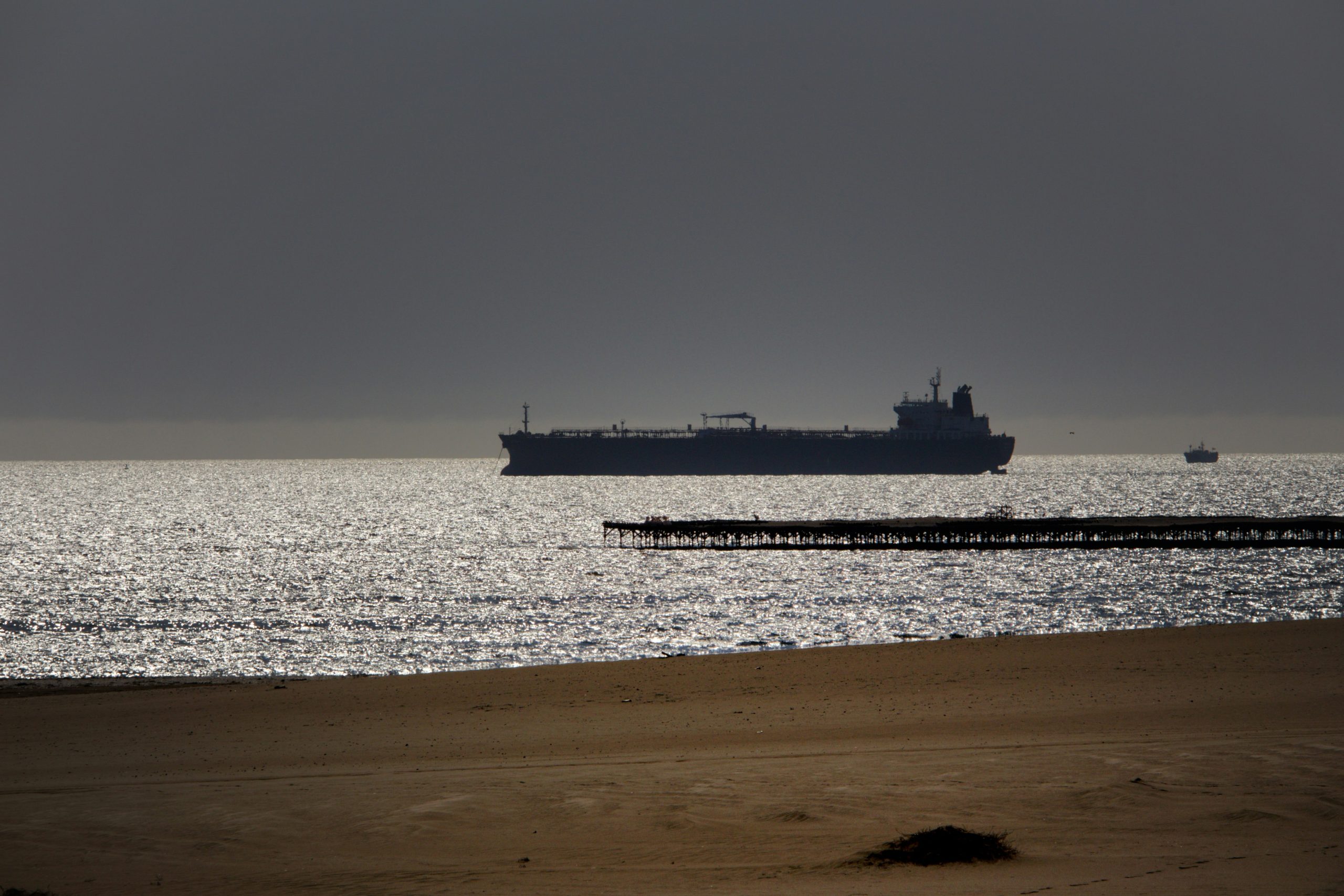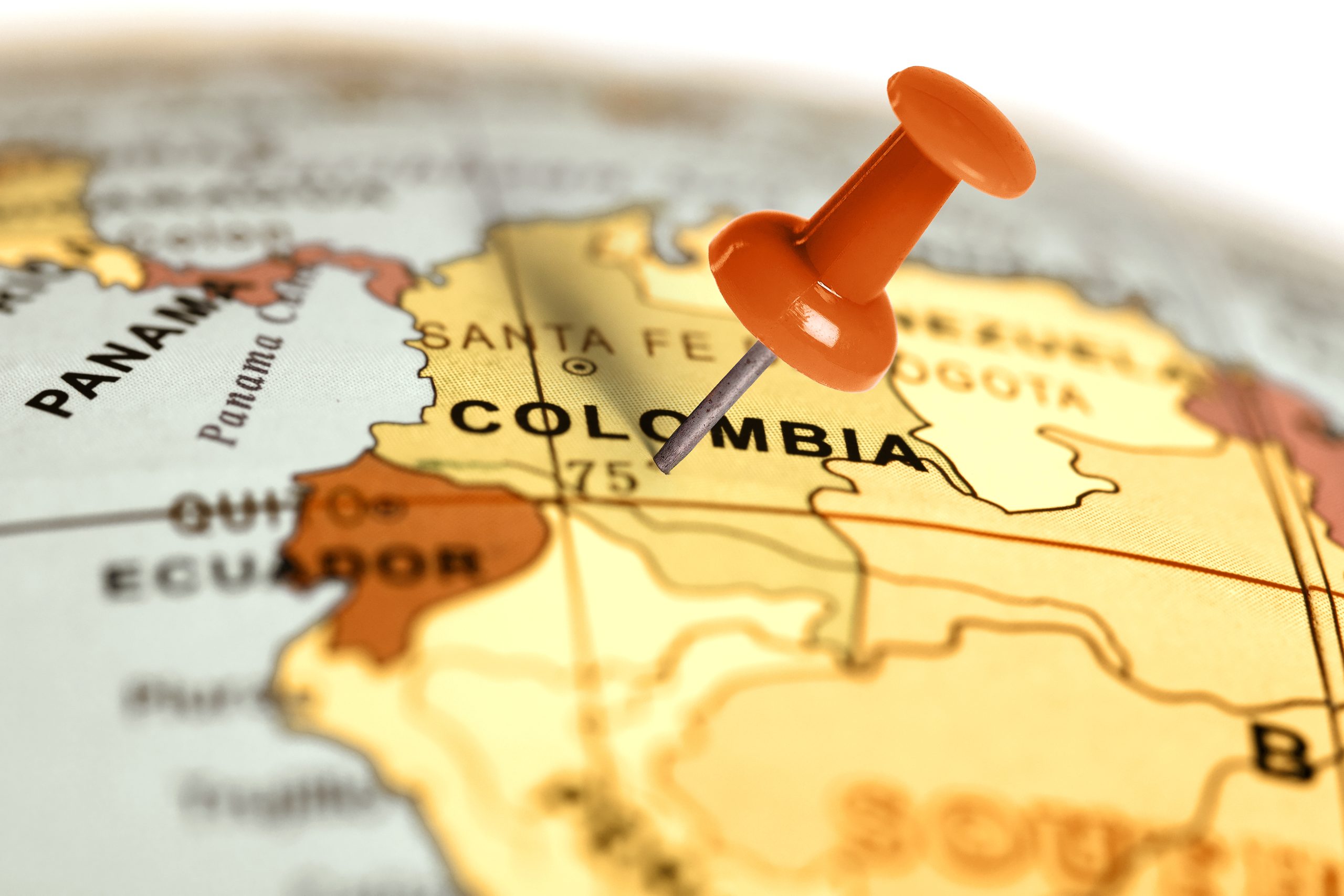Collaboration Explores Maritime Decarbonisation Using Ammonia

Amogy has embarked on a large-scale synergy with Hanwha Ocean and Hanwha Aerospace to lead the industry in maritime decarbonisation using ammonia as a marine fuel. Under the agreement, Amogy and Hanwha Ocean will be engaging in ammonia-to-electrical power systems, while at the same time, Hanwha Aerospace will be using its experience in hydrogen fuel cell systems.
This project is yet to start this year to become the benchmarking tool for sustainability in the maritime industry utilising Amogy’s technology. Seonghoon Woo, the CEO of Amogy, indicated that this partnership will lay the foundation for a new clean energy paradigm in shipping.
Seunghak Moon from Hanwha Aerospace emphasised the role of an integrated hydrogen fuel cell and ammonia system towards the decarbonisation of the aviation sector.
Jonathan Breen of Amogy said the sector is a key player in cutting carbon emissions in maritime transport. He pointed out that ammonia will become one of the prominent elements in building a zero-carbon fuel value chain for shipping because of its existing infrastructure for production, distribution, and storage.
In an expansion of the discussions that Amogy recently held with ITOCHU to evaluate ammonia cracking technology as an option for the maritime vessels of ITOCHU and expressed that ammonia will act as a primary fuel source.
Strategic Partnership for Clean Energy Advancement
Amogy have announced a partnership with Mitsubishi Corporation and SK Innovation designed to improve ammonia-to-power and ammonia-cracking technologies in Asia, especially in Japan and South Korea.
The joint analysis started in December 2023 on the large-scale application of Amogy’s technologies, including the cost analysis across the value chain and the market expansion within the ammonia and hydrogen sectors.
Following the initial phase, the partners anticipate exploring joint pilot projects in strategic regions by the end of 2025.
Ammonia, a versatile industrial product known as a fertiliser, sustainable fuel and an effective hydrogen carrier, is gaining acceptance. This compound is manufactured from hydrogen and nitrogen and later reverted into fuel elements for power generation.
This way of transporting high-density fuel is secure and reliable. Amogy’s technology, combining ammonia cracking and hydrogen-fuel cell power generation, provides a simple solution to utilising this low-carbon fuel. The technology has great potential for being a hydrogen carrier for long-distance transport purposes.
Energy strategies of Japan and South Korea are increasingly directed towards ammonia as they have limited renewable energy resources. Japan has set the goal of 3 million metric tons (MTA) of ammonia per year as fuel by 2030, increasing to 30 million metric tons (MTA) by 2050.
Likewise, Korea plans to use hydrogen and ammonia to meet 7.1% of its electrical power needs by 2036. This partnership will be a landmark step towards the development of sustainable energy alternatives towards a fundamental shift in the energy sector of both countries in a bid to curb greenhouse gas emissions.
Mitsubishi Corporation and SK Innovation have participated in Amogy’s $150 million Series B funding round, led by SK Innovation, highlighting their commitment to and confidence in Amogy’s pioneering technologies.
Mitsubishi Corporation and SK Innovation with other partners allocated $150 million to Amogy’s Series B funding round led by SK Innovation marking these companies’ commitment and supporting Amogy’s leading technologies.

